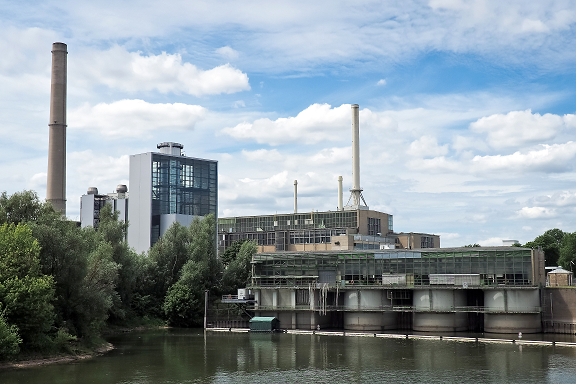Researchers Develop Regional Lifecycle Assessment Tool for Electricity Use

Published February 9, 2021
Assessing the environmental impact of electricity is tricky. In addition to differences in how electricity is generated in different regions of the US, electricity does not always stay in the region where it originated. Regions engage in electricity trading to cover shortages - meaning that the electricity keeping your lights on may not have been made by your local power company, but a power company located hundreds of miles away. In addition, new technologies for power generation and storage emerge, the lifespan of power plants end, fuel prices fluctuate, and electricity demand constantly changes. All of these factors make it harder to measure the environmental impact of electricity.
“It’s important to consider the entire life cycle of electricity to identify where energy production, use, and waste from electricity generation are occurring and how environmental and human health impacts can occur," said EPA researcher Wesley Ingwersen. “We want to identify where there might be wastes and identify the impacts that can be reduced while still allowing the consumer to get uninterrupted service and for the supply chain to thrive.”
EPA, in collaboration with the Department of Energy’s National Energy Technology Laboratory (NETL) and the National Renewable Energy Laboratory (NREL), developed a new tool to address the need for current, regionally specific, and consumer-oriented data for life cycle assessment of electricity. The new ElectricityLCI tool creates electricity life cycle models from the best available public data on generation, emissions, and resources used from electricity production, electricity distribution, and supply chain requirements such as extraction and production.
The models track the generation, consumption, and distribution of electricity to end users across the country by region, and link to models of fuel production and power plant infrastructure. The tool prepares and formats the model according to the latest guidelines for Federal Lifecycle Assessment (LCA) data. The partners have used this tool to release the first “electricity baseline” model, which is now available on the Federal LCA Commons data portal. By integrating this model into their own studies and tools, organizations can use it to improve both the accuracy and consistency of the life cycle results. The tool is 100% open source so others can review, use, or make suggestions for updates or changes.
By making environmental life-cycle information accessible to government agencies, corporations, nonprofits, nongovernmental organizations, and academic institutions, EPA and the Federal LCA Commons working group, a large interagency community of practice, are better equipping these groups to make choices that support positive environmental outcomes, benefitting both these groups and the environment.
